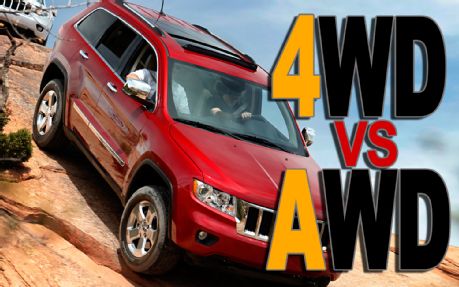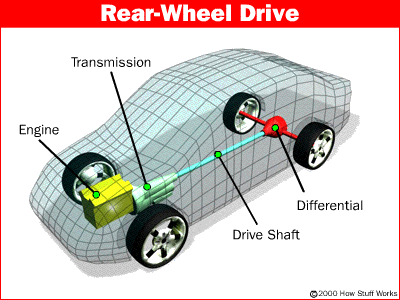
Your check engine light came on at the gas station? Always shut your car off during a fill up.
December 16, 2014
2013 Ram 1500 Customer Review from Sidney, Iowa
December 17, 2014By. Suzzanne Nickell
One of the biggest questions that floats around in our minds whenever purchasing a vehicle, is should I purchase a vehicle with AWD or 4WD, and what are the differences?

In AWD this system works to get power to the wheels with the most traction by splitting power between the front and rear axels on the center differential and the individual wheels by way of the front and rear differential.
This is useful either in slippery conditions when different wheels might be getting different amounts of grip from moment to moment. The Mercedes-Benz E63 AMG is a perfect example. It is now sold only in AWD in the U.S. because its power can overwhelm the traction of the rear wheels alone.
AWD Pros:
- Provides increased grip and control under all road conditions!
- Gives sportier handling and traction to a broader range of cars!
- Works all the time
AWD Cons:
- Reduces fuel economy!
- Increases the weight and complexity of vehicles!
- Not as good in extreme off-road conditions!
True 4WD systems use a transfer case, which is like a two-speed transmission that bolts to the back of the regular transmission. Upon engaging 4WD, a transfer case locks an output shaft powering the front axle to the transmission’s output, mechanically locking the front and rear axles together. No matter what happens, the engine’s power splits at a 50/50 ratio front to back.
4WD Pros:
- Best traction in off-road conditions
- Can be turned off to improve fuel economy
- Proven, rugged technology!
4WD Cons:
- Adds weight and complexity to cars
- Can’t be used in all conditions!
- More expensive than two wheel drive models!




**Comparison**
The primary problem with an auto-locking 4WD system is that it’s either on or off; it can’t vary torque like an AWD system does. This means that a part-timer will act like a RWD truck while navigating a turn, so it won’t have the on-road handling prowess of an AWD vehicle. However, automatic 4WD is perfect for situations where you’re likely to encounter a mixture of dry pavement and mud, dirt, grass, ice or snow. Otherwise, you have the option of leaving it in RWD or locking it into 4WD.




